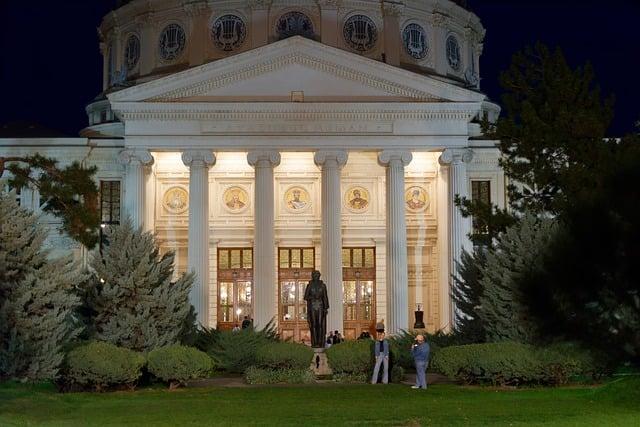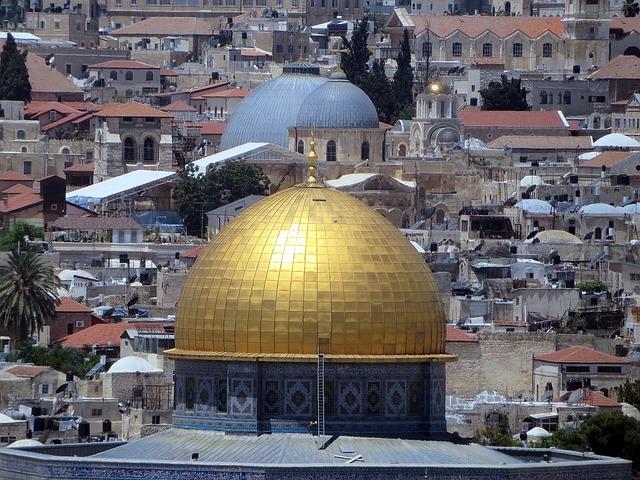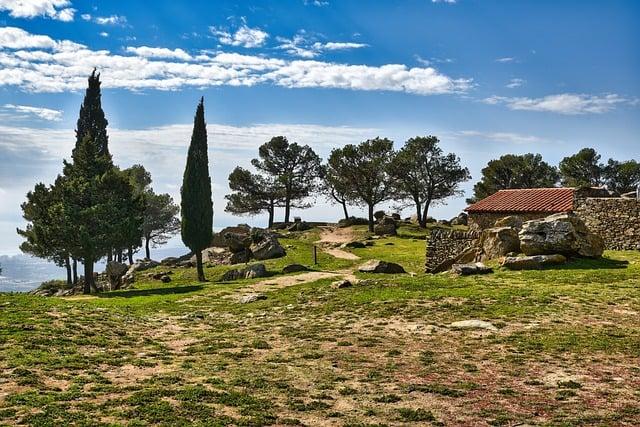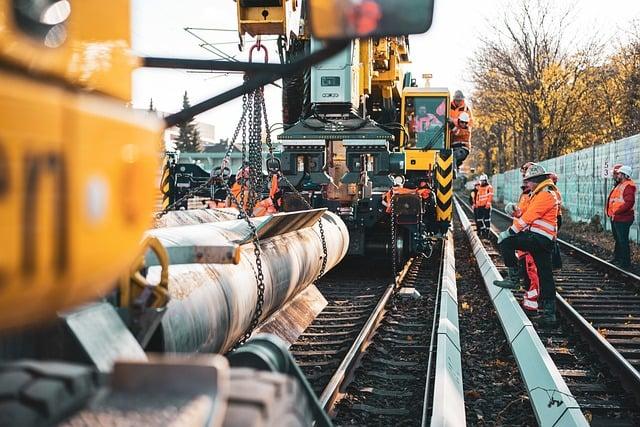In the heart of ancient Jerusalem, a hill stood solemnly against the sky, known as Golgotha, or the Place of the Skull. Crowds gathered, their whispers mingling with the dust of the earth. Among them was a man named Jesus, whose teachings had ignited hope and controversy alike. As the sun dipped low, casting a golden hue over the scene, the weight of destiny hung heavy. The air was thick with tension, and as the nails pierced the wood, the world held its breath. In that moment, history was forever altered, and Golgotha became a symbol of sacrifice and redemption.
Table of Contents
- Exploring the Historical Context of Jesus Crucifixion Site
- Unveiling the Geographic Significance of Golgotha
- Archaeological Discoveries and Their Impact on Understanding the Crucifixion
- Visiting the Crucifixion Site: A Guide for Pilgrims and Tourists
- Q&A

Exploring the Historical Context of Jesus Crucifixion Site
The crucifixion of Jesus is one of the most pivotal events in Christian history, and its location has been a subject of debate and exploration for centuries. Traditionally, it is believed that Jesus was crucified at a site known as Golgotha, which translates to “the place of the skull.” This location, situated just outside the walls of Jerusalem, was significant not only for its proximity to the city but also for its visibility, allowing passersby to witness the execution. Archaeological findings and historical texts suggest that Golgotha was a well-known execution site during the Roman occupation, where the condemned were publicly displayed as a deterrent to others.
In addition to Golgotha, various other locations have been proposed as the site of Jesus’ crucifixion, each with its own historical and theological implications. Some of these include:
- The Church of the Holy Sepulchre: Widely accepted by many Christians as the authentic site, this church encompasses both the crucifixion and burial locations of Jesus.
- Gordon’s Calvary: A site outside the city walls that some believe aligns with biblical descriptions, offering a more serene and contemplative atmosphere.
- Mount Zion: Some theories suggest that the crucifixion may have occurred near this significant biblical mountain, adding layers of meaning to the event.
Each of these locations carries its own narrative, shaped by centuries of faith, tradition, and scholarly research. The exploration of these sites not only deepens our understanding of the crucifixion but also invites us to reflect on the broader historical and cultural contexts in which these events unfolded.

Unveiling the Geographic Significance of Golgotha
The location of Golgotha, often referred to as the “Place of the Skull,” holds profound significance not only in religious texts but also in its geographical context. Nestled just outside the ancient walls of Jerusalem, this site was strategically positioned along a major thoroughfare, making it visible to passersby. This visibility was crucial, as crucifixions were intended to serve as a public deterrent against crime and rebellion. The rocky outcrop, with its skull-like appearance, adds a haunting yet poignant layer to the narrative of sacrifice and redemption that unfolded there.
Moreover, Golgotha’s proximity to the city underscores the intersection of faith and history. It was a place where the spiritual and the mundane converged, drawing both locals and pilgrims alike. The surrounding landscape, dotted with tombs and gardens, further enriches the historical tapestry of the area. Key aspects of its geographic significance include:
- Accessibility: Easily reachable from various parts of Jerusalem, allowing for public awareness of the events.
- Symbolism: The stark, barren terrain reflects the gravity of the events that transpired.
- Historical Context: Its location ties into the broader narrative of Roman governance and the societal tensions of the time.

Archaeological Discoveries and Their Impact on Understanding the Crucifixion
Recent archaeological discoveries have significantly enriched our understanding of the events surrounding the crucifixion of Jesus. Excavations in Jerusalem have unearthed ancient artifacts, inscriptions, and structures that provide context to the historical and cultural landscape of the time. For instance, the discovery of a first-century burial site near the traditional location of Golgotha has led scholars to reconsider the geographical and social dynamics of the crucifixion. These findings suggest that the area was not only a site of execution but also a focal point of religious and political tension, reflecting the complexities of Roman rule and Jewish practices.
Moreover, the analysis of ancient texts and inscriptions has shed light on the methods of crucifixion used by the Romans, revealing the brutal realities faced by those condemned. Key insights include:
- The use of specific locations for public executions, which served as a warning to others.
- Evidence of crucifixion techniques, including the types of nails and wooden structures employed.
- Historical accounts from non-Christian sources that corroborate the narrative of Jesus’ crucifixion.
These discoveries not only enhance our historical knowledge but also invite deeper theological reflections on the significance of the crucifixion in Christian thought. As researchers continue to explore these findings, the dialogue between archaeology and theology promises to deepen our understanding of this pivotal event in history.

Visiting the Crucifixion Site: A Guide for Pilgrims and Tourists
For those embarking on a spiritual journey to the site of Jesus’ crucifixion, the experience is both profound and transformative. Located just outside the walls of the Old City of Jerusalem, the site is traditionally identified as Golgotha, or “the Place of the Skull.” Pilgrims and tourists alike are drawn to this sacred ground, where they can reflect on the significance of the events that unfolded here. The area is marked by the Church of the Holy Sepulchre, a revered destination that houses both the crucifixion site and the tomb of Jesus. As you navigate through the bustling streets of Jerusalem, the atmosphere is charged with history and reverence, inviting visitors to connect with their faith in a deeply personal way.
When planning your visit, consider the following tips to enhance your experience:
- Timing: Early morning or late afternoon visits can provide a quieter atmosphere for reflection.
- Guided Tours: Joining a guided tour can offer valuable insights into the historical and spiritual significance of the site.
- Dress Modestly: As a place of worship, it’s important to dress respectfully when visiting.
- Participate in Services: Check the schedule for mass or other religious services to immerse yourself in the local faith community.
As you stand at this pivotal location, take a moment to absorb the surroundings—the intricate mosaics, the flickering candles, and the prayers whispered by fellow pilgrims. Each element contributes to the rich tapestry of faith that has woven itself into the fabric of this sacred site, making it a must-visit for anyone seeking a deeper understanding of the Christian narrative.
Q&A
-
Where was Jesus crucified?
Jesus was crucified at a site known as Golgotha, which means “the place of the skull.” This location is traditionally believed to be just outside the walls of Jerusalem.
-
Why is Golgotha significant?
Golgotha holds immense significance in Christianity as the location of Jesus’ crucifixion, which is central to the faith’s beliefs about sacrifice, redemption, and resurrection.
-
Is Golgotha the same as Calvary?
Yes, Golgotha is often referred to as Calvary, derived from the Latin word “calvaria,” which also means “skull.” Both terms refer to the same crucifixion site.
-
Can visitors see the site today?
Yes, the site traditionally identified as Golgotha is located within the Church of the Holy Sepulchre in Jerusalem, which is a popular pilgrimage destination for Christians.
As we reflect on the profound significance of Jesus’ crucifixion, the debate over its exact location invites us to explore the rich tapestry of history and faith. Whether at Golgotha or another site, the impact of this event resonates through time, shaping beliefs and inspiring countless lives.

大家好,我是彼得潘,專業的手法身體治療師。我喜歡探索和研究各種主題,並透過與人工智慧的合作分享專業、實用、有趣的文章。我們定期進行人工審核,以確保內容的準確性。如果您發現文章中有任何不準確的地方,請隨時與我們聯繫,我們會及時糾正。您可以透過 [email protected] 與我們聯繫。



